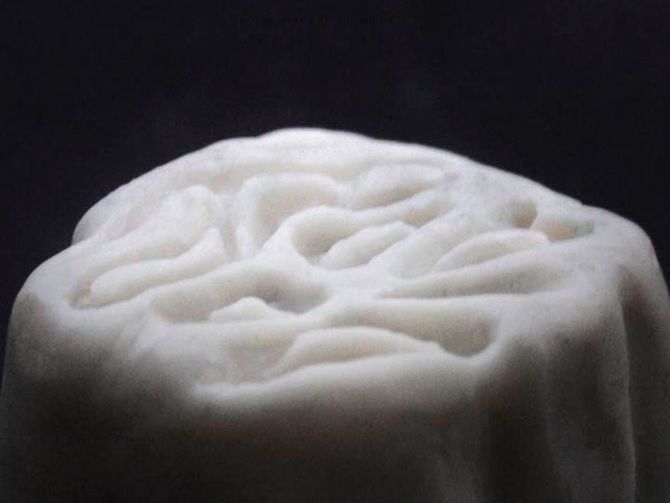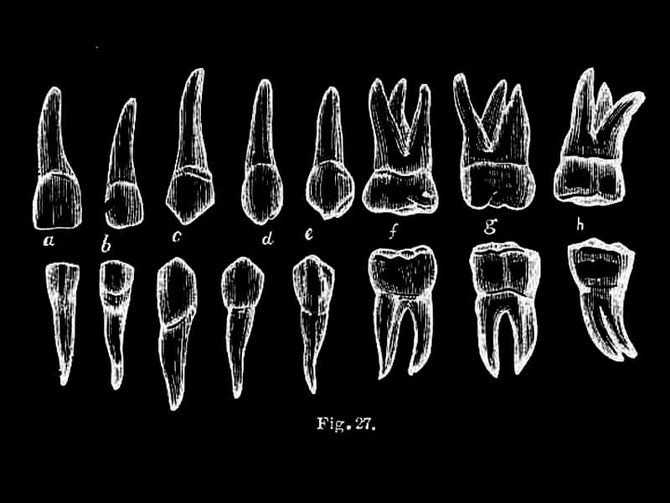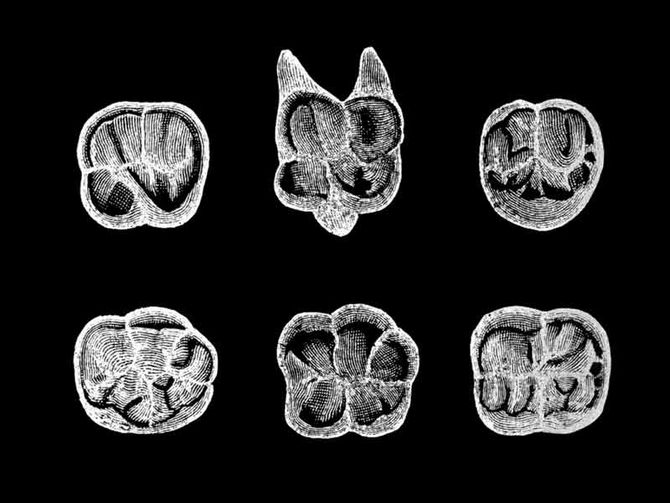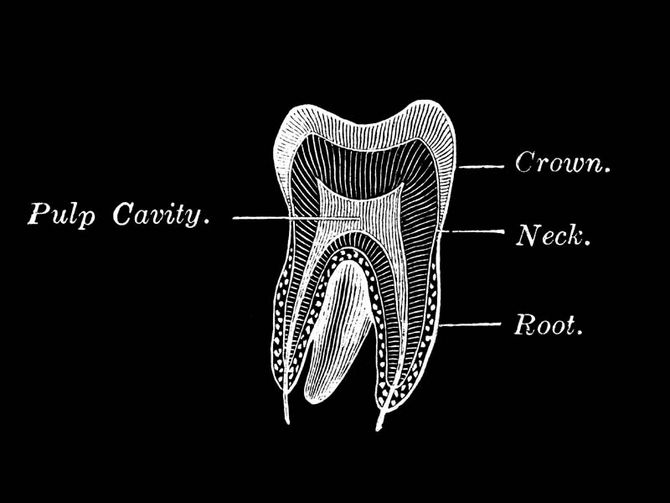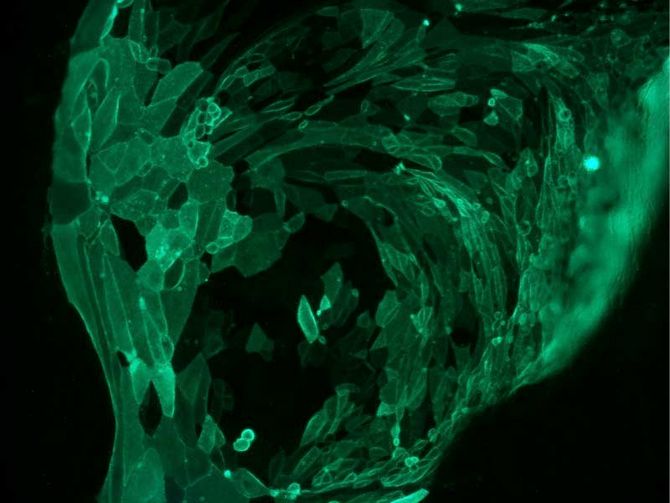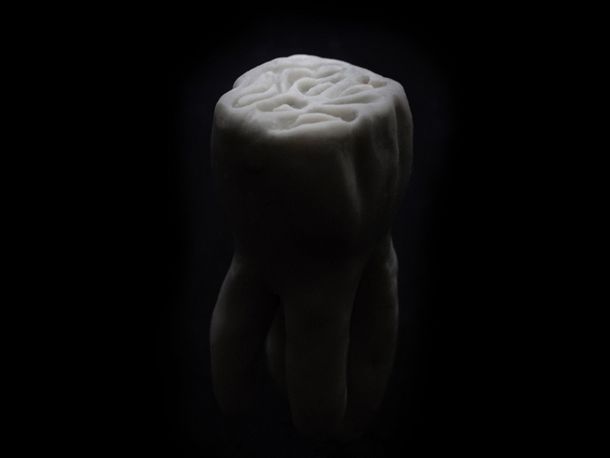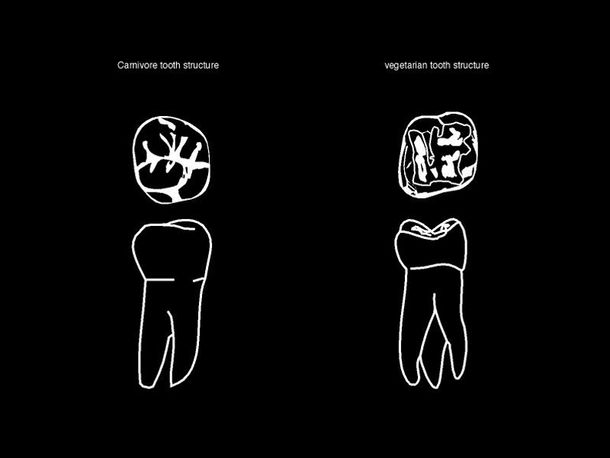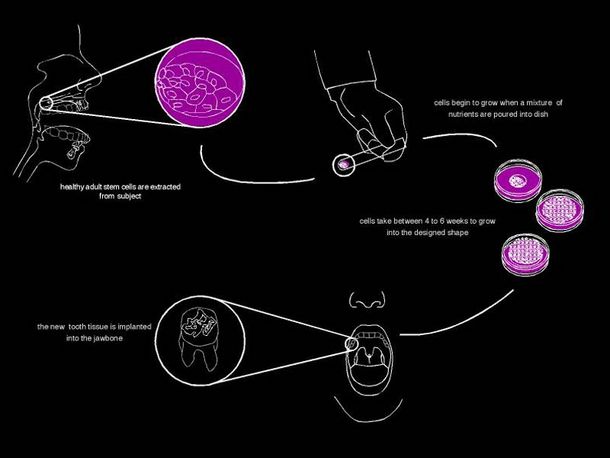Vegetarian tooth / Project
Could becoming vegetarian save the planet?
Some » experts say encouraging vegetarianism is a clear option for curbing climate change, however we are consuming more meat than ever. How are our carnivorous cravings affecting the planet?
» UN figures suggest that meat production brings more greenhouse gases into the atmosphere than transport. These are generated during the production of animal feeds, for example, while ruminants, particularly cows, emit methane, which is 23 times more effective as a global warming agent than carbon dioxide.
Veggie might
Vegetarian tooth is a manifesto response to our consumerism culture. As written in All Consuming “we are literally eating away our resources in the planet”. The world already grows enough food to feed 10 billion people, if we all ate a vegetarian diet - » Seed magazine.
But even what some might consider an unpalatable lifestyle change, we would need to apply radical adjustments to every aspect of our lives.
What synthetic biology and stem cells technology have to do with becoming vegetarian?
These technologies are revolutionising how we conceptualize and approach the engineering of biological systems. Recent advances in these fields are allowing us to expand beyond the construction and analysis of small gene networks towards the implementation of complex multicellular systems with a variety of applications.
Could we redesign ourselves to fit to a changing world?
What are the implications of it? If we already re-design ourselves to fit into beauty standards, why can't we do it for environmental reasons?
» Adult stem cells techniques have been used to engineer cells for therapeutic applications, replacing damaged cell tissue in a variety of body parts. Teeth tissue experiments has been used to » replace decayed teeth.
In the possibility of implanting » artificially grown vegetarian teeth, healthy stem cells would be extracted from the individual and grown in a mixture of nutrients. Approximately two months later, the cells had developed into a molar complete with a periodontal ligament – fibres that attach the tooth to bone. The tooth is then implanted it into the jawbone.
Collaborators & Acknowledgments
Scientific advisers:
UCL, Advanced Centre for Biochemical Engineering: Dr. Chris Mason
UCL, Cells for Sigh, Institute of Ophthalmology: Dr. Julie Daniels & Anna Harris
Collaborators:
Material Beliefs
Sponsors:
EPSRC
Credits:
Susana Soares

